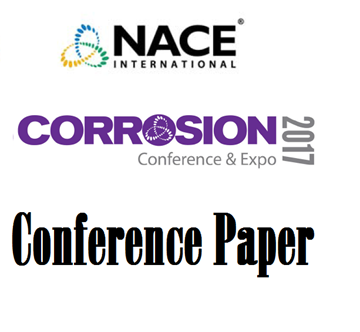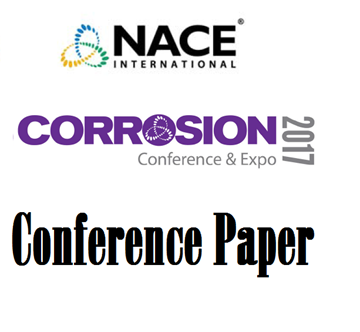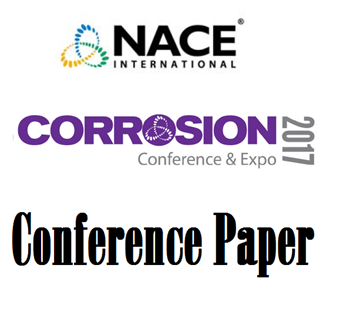Search
51317--9765-Differences in Fireside Corrosion Under Simulated Char and Lignite Conditions
Also Purchased
51317--9749-Corrosion Resistance of Alloys in Calcium Bromide and Calcium Chloride Solutions
Product Number:
51317--9749-SG
ISBN:
9749 2017 CP
Publication Date:
2017
$20.00
51317--9789-Electrochemical Studies of Open-Circuit Potential Drift of Carbon Steel in Nuclear Waste Simulants
Product Number:
51317--9789-SG
ISBN:
9789 2017 CP
Publication Date:
2017
$20.00
51317--9772-Coastal Environmental Field Trial of an Overhead Power Transmission Conductor
Product Number:
51317--9772-SG
ISBN:
9772 2017 CP
Publication Date:
2017
$20.00




